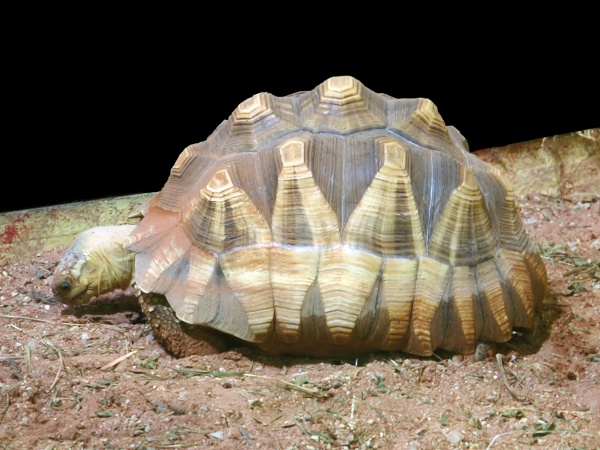Facts About Angonoka tortoise
The angonoka tortoise, also known as the ploughshare tortoise, Madagascar tortoise, or Madagascar angulated tortoise, is a critically endangered species endemic to Madagascar. With fewer than 400 individuals remaining in the wild, this unique tortoise faces severe threats from poaching, primarily driven by the illegal pet trade. Conservation efforts are underway, including captive-breeding programs and initiatives that involve local communities to help protect this species.
Belonging to the genus Astrochelys, the angonoka tortoise is one of only two recognized species in this genus, the other being the radiated tortoise. French zoologist Léon Vaillant first described the species in 1885. The name "angonoka" originates from the Malagasy language.
The angonoka tortoise is distinctive for its highly domed, light brown shell and a prominent gular scute on the underside of its shell. Males are generally larger than females, with some reaching up to 17 inches in length.
In the wild, these tortoises inhabit the dry forests of the Baly Bay area in northwestern Madagascar. Population surveys have estimated a few hundred individuals living in dispersed subpopulations within this region.
The angonoka tortoise faces multiple threats, including habitat destruction from fires, predation by bushpigs, and illegal collection for the pet trade. Conservation efforts encompass creating firebreaks, establishing protected areas, and monitoring the global pet trade to prevent further decline.
Despite these initiatives, poaching remains a significant challenge, with incidents of smuggling and theft continuing to pose a threat. The angonoka tortoise is classified as Critically Endangered on the IUCN Red List and is protected under both Malagasy law and international CITES regulations.
Organizations such as the Durrell Wildlife Conservation Trust and Project Angonoka, along with local communities, are working diligently to protect this species. Conservationists have marked tortoises to deter poaching, and breeding programs have successfully produced captive-bred juveniles for reintroduction into the wild.
Ongoing vigilance and sustained conservation actions are crucial to ensuring the survival of this rare and iconic tortoise.
